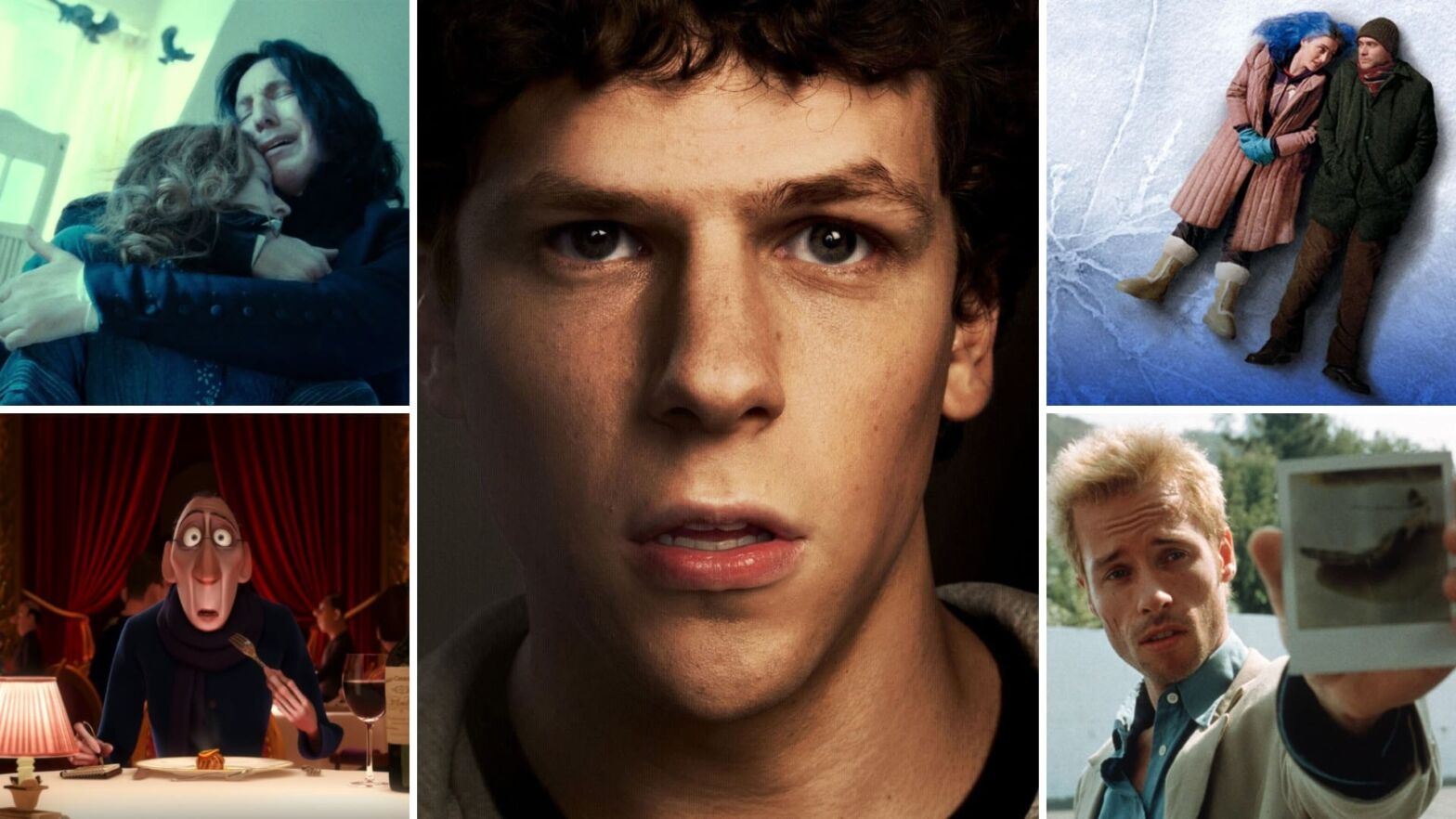
S creenwriting books and instructors often warn aspiring writers against writing flashbacks in their scripts. They know beginning and amateur writers often use them in a way that can bring a film to a dead stop.
However, so many great films have used flashbacks with resounding success. So, let’s learn from some films that figured out how to do them the right way.
A flashback is scene or moment in a narrative that interrupts the chronology of a story by showing an action or event that happened earlier in the story. An internal flashback takes place within the primary timespan of the story. An external flashback takes place outside of its primary timeline.
Many time when a screenplay takes a trip to the past, it is an isolated deviation. In other words, flashback scenes in movies are more common that "flashback movies." That being said, there have been a number of fantastic screenplays that use a flashback structure to weave in and out of a story's chronology.
Below are just a few classic examples, each brings a distinct flair and personality to writing flashbacks. Some simply start in the present and tell the entire story through one giant flashback. Others bounce back and forth strategically to tell a more nuanced narrative.
At the end of this article, check out our detailed blog that covers technical formatting for flashbacks in your screenplay.
But as we go along, our examples will help you adapt a style of your own. You can take some creative liberties if you honor the maxim: “Thou shalt not confuse the audience.”
A good flashback can create mystery, raise the stakes, and clarify meaning and significance. A bad one slows the story momentum with boring information, or worse case, makes it feel like it’s moving backward. To determine if a flashback is necessary ask this ironic question
Is this flashback the best way to move the story forward?
Individually, flashbacks can deepen our connection with a character. They can clarify and accentuate a fact or feeling. On the flip side, they can create doubt, suspense, and mystery.
When using multiple flashbacks, devise an overall strategy that lets them be more than the sum of their parts.
Will they focus on merely mystery, plot, and story? Will they deepen insight into the protagonist? Will they make us ponder meaning and theme?
We will show you when, why, where, and how to write flashbacks in a screenplay.
You are familiar with the common transitions that lead us in and out of a flashback, which include editing transitions like dissolves, clever wipes, blur effects, white flashes, leading dialogue, and ominous music.